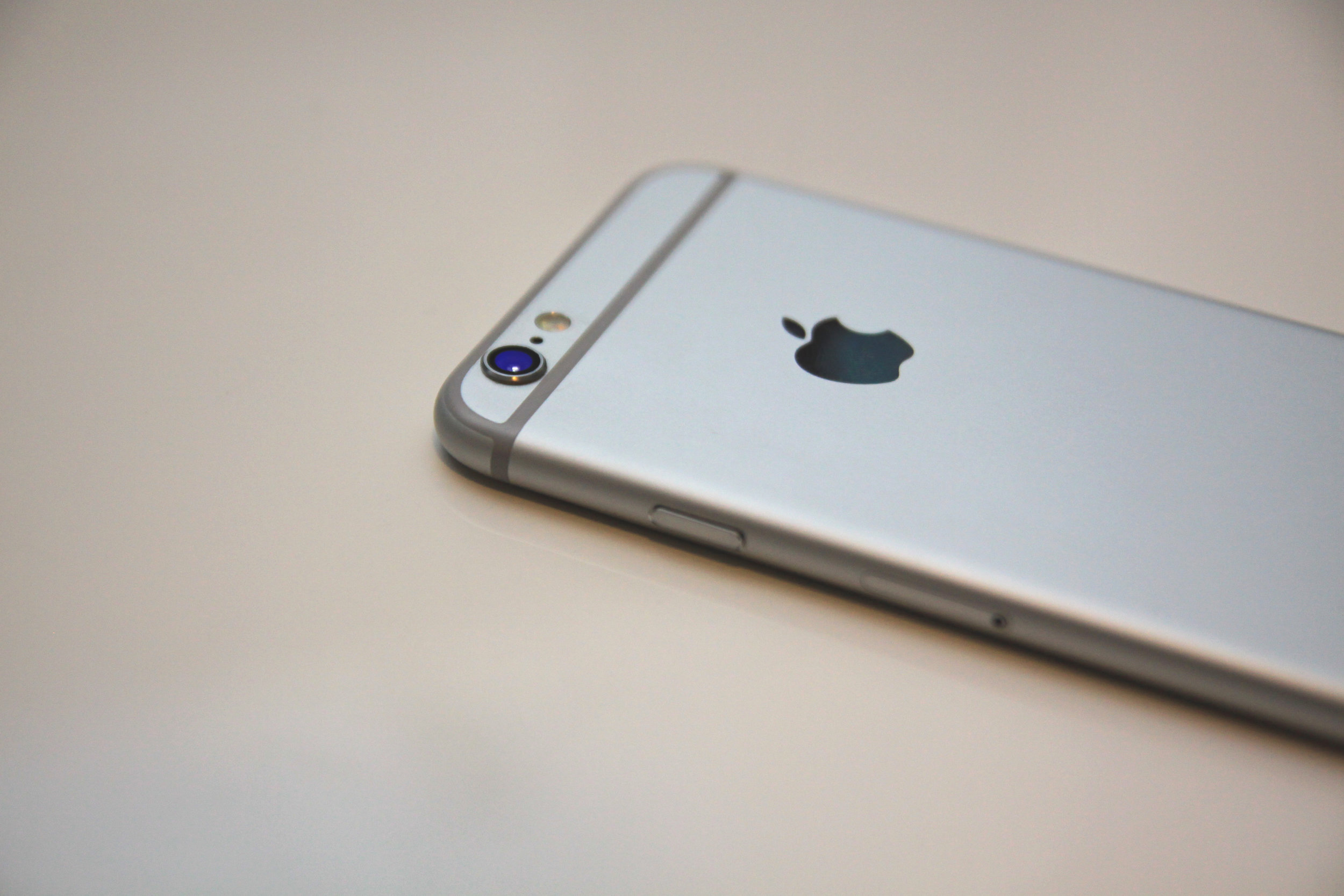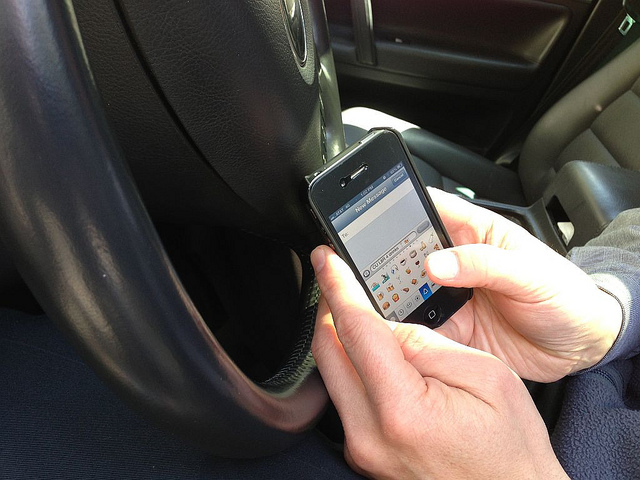Should the manufacturer of a phone be held responsible for an automobile accident that was caused by someone using one of their phones while driving? It’s a question that likely isn’t going to disappear anytime soon, but at least according to one California judge, the answer is no.
According to Apple Insider, a class action lawsuit was filed against Apple in Los Angeles, California in January of 2017. The suit included victims and loved ones of victims who died in automobile accidents that were caused by a driver using an iPhone while behind the wheel. The suit claims that Apple had the technology to prevent texting while driving since 2008, and had a patent for it since 2014. The suit alleges that Apple refused to implement the technology as they were afraid it would cause them to lose sales to other phone manufacturers who weren’t using such technology. As a result, iPhone owners were able to text (or otherwise use their phone) while driving, injuring and killing others on the road. The plaintiffs wanted Apple to be held accountable for allowing drivers to be able to use their iPhones while driving.
But according to a circuit court judge in Santa Monica, California, it’s unreasonable to hold Apple accountable for the ultimate harm that is caused by an accident in which an iPhone was involved. As a result, the case was thrown out in August of 2017. Had the suit gone to trial, the plaintiffs were asking for Apple to halt production of iPhones in California until they would be manufactured with “lock out” technology, and that all current iPhones be updated to include the technology that prevents drivers from being able to use their iPhone while driving.
That ultimately didn’t happen, as the case was thrown out. But in the meantime, Apple has launched a new setting called “Do Not Disturb While Driving”, as part of their iOS 11 software update. As The Michigan Law Firm, PLLC blog previously mentioned, when enabled, Do Not Disturb While Driving mutes calls, notifications, and text messages, and keeps the screen dark. iPhone owners can also have the feature auto-reply to text messages, letting the contact know that the person is driving.
The safe driving feature turns on automatically when it detects an accelerating vehicle, or drivers can program the setting to turn on whenever the phone connects to their vehicle’s Bluetooth. There is an “I’m Not Driving” option for those who are riding in a car as a passenger, but of course there’s nothing really stopping the driver from claiming they are not driving, in order to be able to use their phone. Because of this, some feel as though the feature doesn’t go far enough to prevent a driver from engaging in distracted driving behaviors. They believe that Do Not Disturb While Driving should turn on automatically, without the driver having to enable it, and that there should be no option to turn it off. For similar smart phone apps that lock drivers out of their phones while driving, check out this blog post from The Michigan Law, Firm, PLLC.
While there may not be a perfect solution yet, it is clear that a solution is desperately needed. Distracted driving is one of the most dangerous driving behaviors a driver can engage in, risking not only their life, but the lives of everyone else on the road as well. According to the National Highway Traffic Safety Administration (NHTSA), 3,477 people were killed in distracted driving car accidents in 2015 alone. On top of that 391,000 people were injured in distracted driving car crashes.
The aforementioned Apple lawsuit cites data from the United States Department of Transportation, which reports that 1.5 million people are texting while driving at any given moment. They also cite data from the California Highway Patrol and the Federal Highway Administration which notes that iPhones specifically caused 52,000 automobile accidents in California each year, as well as 312 deaths in 2015.
Regardless of whether or not Apple should be held responsible for automobile accidents caused by iPhones, the lesson here is that distracted driving is incredibly dangerous. While features like Do Not Disturb While Driving and other apps that lock drivers out of their phones while in a vehicle are helpful, it’s ultimately the driver’s choice as to whether or not they use their phone while driving, not the manufacturer's. No text or phone call or playlist is nearly important enough to take your eyes off the road, and could mean injury or death for you, your passengers, and other people on the road.
Distracted driving in any form is absolutely never okay. Regardless of whether or not your phone has technology that can prevent you from using it while driving, it's ultimately up to you to decide to put the phone down when you're behind the wheel. Even if you can choose to put the phone down however, you can't control other people's actions, and car accidents can still happen. If you have been the victim of a distracted driving accident, call The Michigan Law Firm, PLLC at 844.4MI.FIRM for a free legal consultation.






